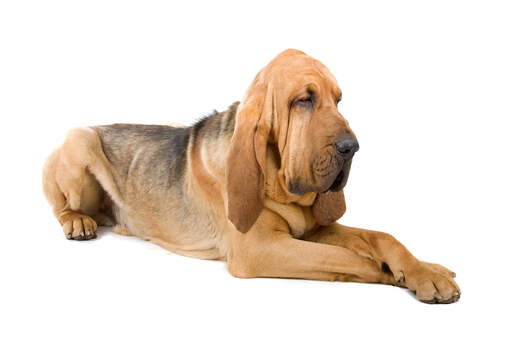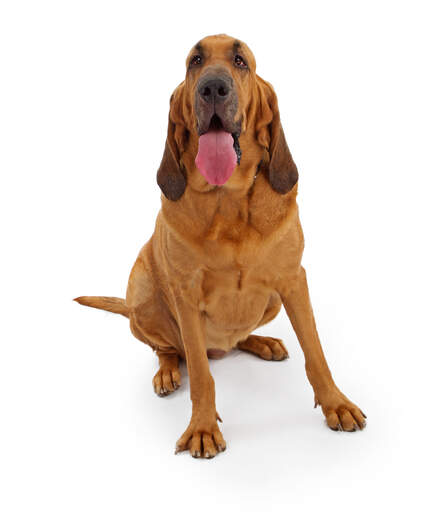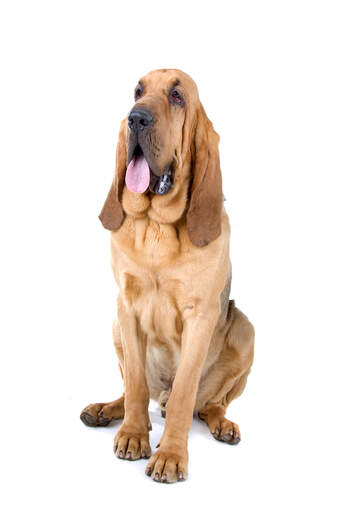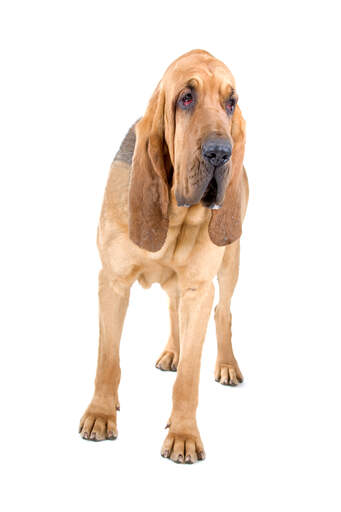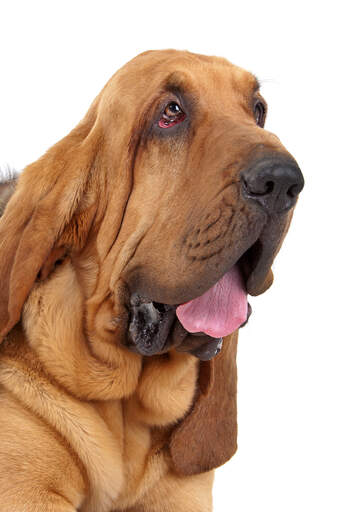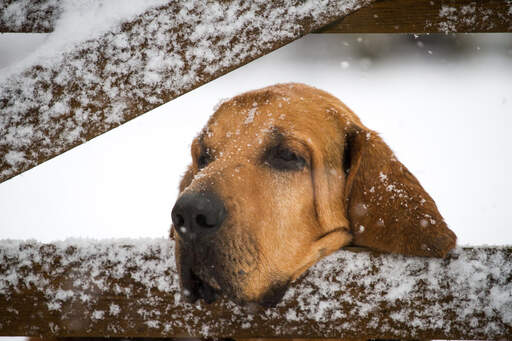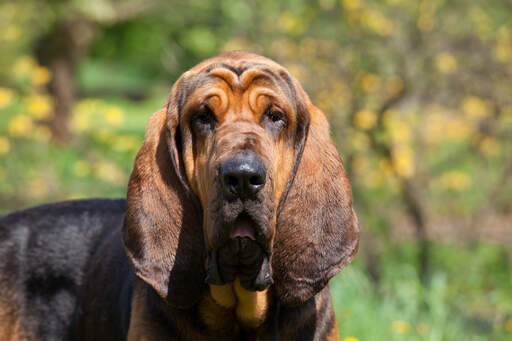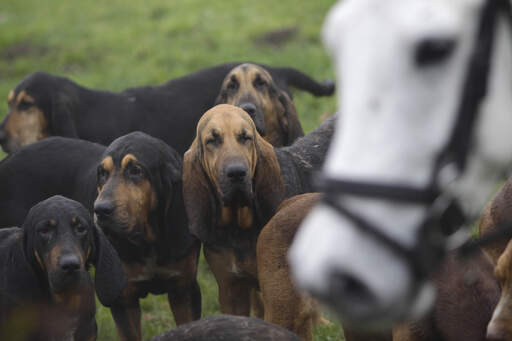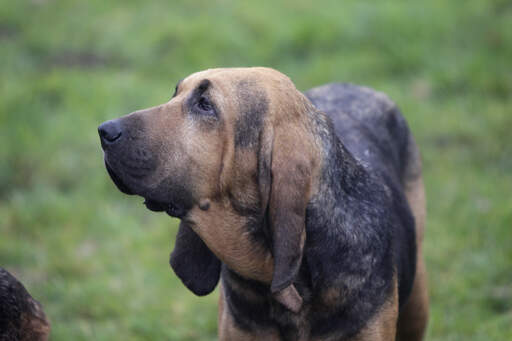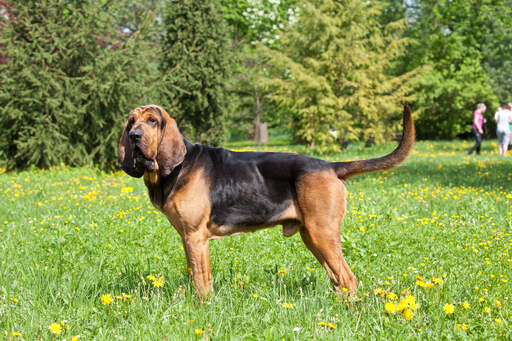Bloodhound Dogs










History
Bloodhounds were already established in England in the 14th century, and are believed to date back to the 11th century AD. The breed is descended from the hounds bred by Monks at the Saint -Hubert monastery in Belgium. They are justifiably famous for their superb tracking ability, and their amazing noses are able pick up the faintest whiff of a scent, even if it is a few days old or has a distant source. Anything being tracked by a bloodhound has little chance of escape.
Behaviour
Bloodhounds are affectionate and extremely loyal, but rarely do as they are told. This is due to their extremely acute sense of smell - they will run off as soon as hey pick up a scent and should only be walked on a leash or in a secure area where they can't head for the hills. Recall is an alien concept to them, and it's widely believed that trying to teach them to come when called is a complete waste of time. Their instinct is to track, and that instinct will overrule common sense and commands. Once on the scent, they are tireless in pursuit and rarely give up.
Walking to heel needs to be started from the early days, as they like to pull incessantly on the leash. Bloodhounds are happy in a family setting, though, and make good household pets. They are gentle with children, and need constant human company to stay happy. They ted to be patient with other dogs and strangers, if socialized from an early age. Bloodhounds are a bit slow to mature, only leaving puppyhood behind at around 3 years old. They need plenty of daily exercise, in a safe fenced area or on a long leash. They tend to drool a lot, soaking everything with a simple floppy shake of the head and jowls. But in spite of this mess, they are loving, placid, and a lot of fun. They will return your affection with loyalty throughout their lives.
Due to their heavy skin folds and droopy eyes, Bloodhounds can have health problems in these areas. Their short coat needs minimal grooming.
Temperament
Bloodhounds are stubborn but gentle. They can be tough to train but are seldom aggressive, and are calm and placid around the house. Due to their extremely powerful sense of smell, they are all but impossible to recall once they are on the scent trail, often following their nose for miles.
This breed is tolerant of other dogs and children, but may be reserved with strangers. They need plenty of exercise daily, and will drool all over you and your furniture.
Health Problems
Bloodhounds are prone to canine hip dysplasia (CHD), elbow dysplasia, and multiple eye problems, and congenital heart disease. It is important to clean their skin folds and ears as these get dirty easily, which can lead to skin or ear problems.
Breed Details
- Status: Common
- Life Expectancy: 9 - 11 years
- Weight: 73 - 110 lb
- Height: Male 25 - 28" Female 23 - 26"
- Rare: No
- Coat: Short
- Grooming Requirements: Once a week
- Town or Country: Country
- Minimum Home Size: Large House
- Minimum Garden Size: Large Garden
- Breed Type: Hound
- Size: Large
- Energy Level: High
- Exercise Required: Over 2 hours


